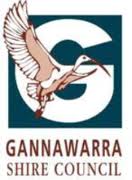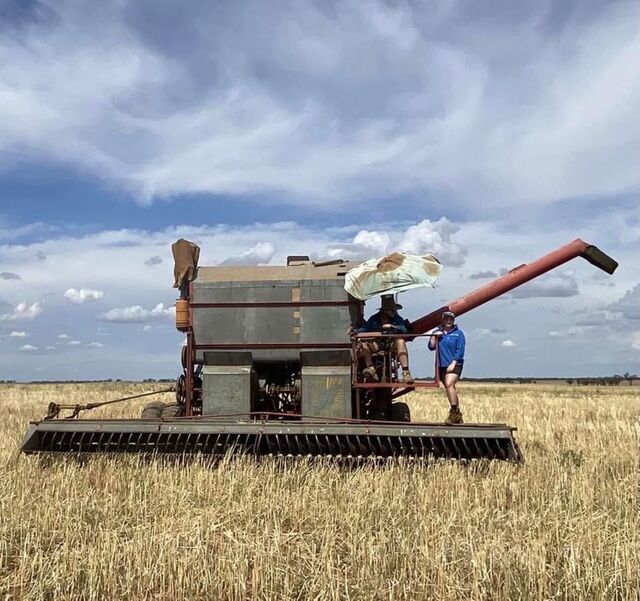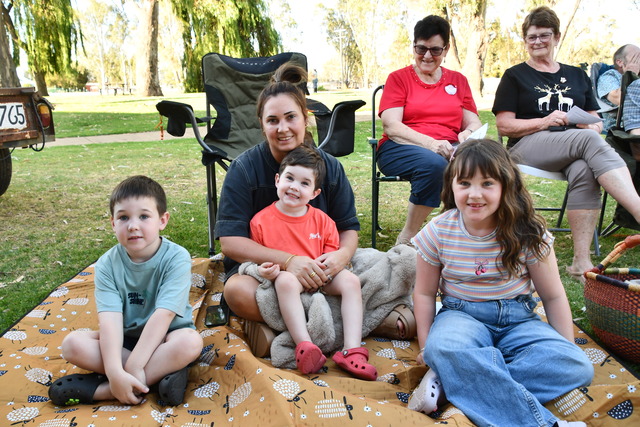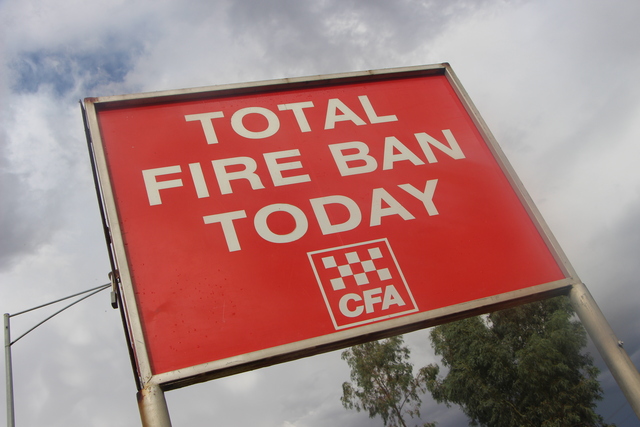
COSTS and figures will be crunched, scrutinised and manipulated during the next two months as Gannawarra Shire Council prepares to trim and deliver its first budget under the new rates capping laws.
Tough conversations will be held with ratepayers regarding council service levels following the announcement late last year that municipalities across Victoria will only be able to increase their rates by 2.5 per cent in the 2016/17 financial year.
Rate rises will be tied to Consumer Price Index increases, which average between 2.5 per cent and 3.5 per cent annually, compared to council’s long term planning for a four per cent rise each year.
The Municipal Association of Victoria president, Cr Bill McArthur said this week that the reality of the cap was now hitting home, with some councils reassessing whether they will continue to deliver services that are a State Government responsibility.
“For decades, an increasing range of services have been provided by councils under shared funding agreements with the State. The MAV’s data shows that over time, the State’s contribution has reduced, stopped completely or not kept pace with costs – leaving ratepayers to foot the bill,” Cr McArthur said.
Council has expressed concern about cost shifting to local government by the State and Federal governments.
“Council is committed to maintaining key services to the community. Service levels will not be reduced without considering all options and after comprehensive community consultation,” chief executive officer, Eric Braslis said.
The rates caps will reduce council’s income by around $150,000 from July, with a projected loss of income of almost $10 million to occur in the following decade.
Council has indicated that it will not join 21 councils to submit an intention to apply for a higher rate cap through the Essential Services Commission.
Cr McArthur said agreements were originally 50:50 funding splits with the State like school crossing supervisors and State Emergency Service units.
“Councils have struggled to maintain their own expanding emergency service responsibilities, and for years have voiced concerns about being unable to meet the increasing costs of the SES units,” he said.
Council has previously received State funding for the Kerang SES unit, with council matching this funding, but will review all its expenditure, including contributions.
“As a key Victorian emergency service agency, our SES deserves to be adequately funded in the same way that State funds other emergency services. SES units should not be relying on councils, fund-raisers and community goodwill do to such important work protecting our communities,” Cr McArthur said.
Mr Braslis said to find savings in the first year, council will continue to find operational efficiencies and begin to conduct internal, cost neutral service reviews across the whole organisation.
“Council will engage with the community to determine what, if any, services could be changed to ensure it is able to meet rates caps in future years,” he said.
The MAV also criticised costs shifting for school crossing supervisors, which began as a joint 50:50 funding split in 1975 but now only has 20 per cent of costs covered by the State, with councils contributing $44 million a year.
Public libraries are now funded 83 per cent by councils, with the State only providing 17 per cent, creating a funding gap of $73 million annually for councils, despite an original 50:50 agreement. Maternal and child health services are closer to a 40:60 funding split.
Mr Braslis said, as part of the future budget development process, work will begin to review service levels across all levels of council.
“Council will lobby for increased funding for key services such as libraries, maternal and child health and a range of other services,” he said.







